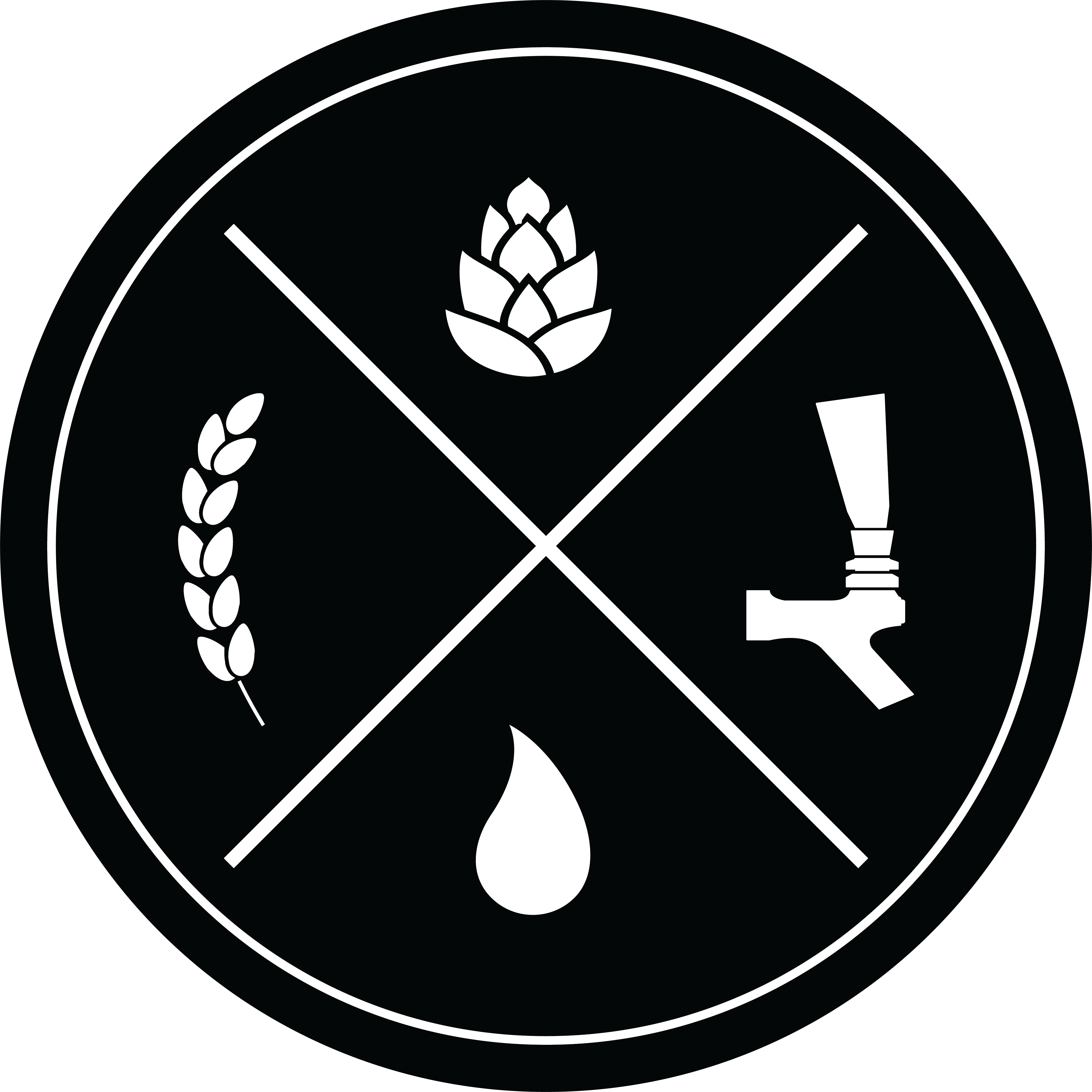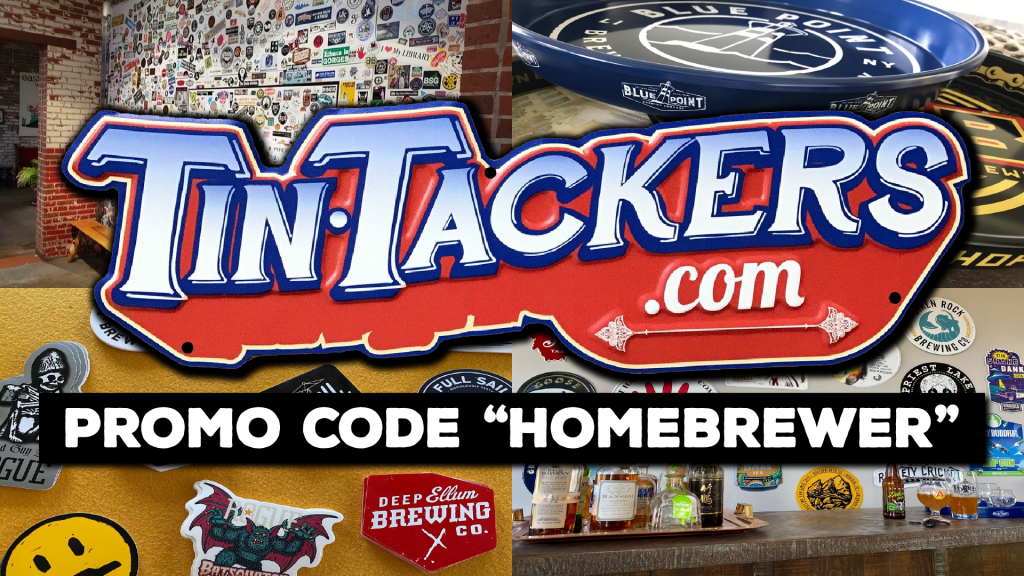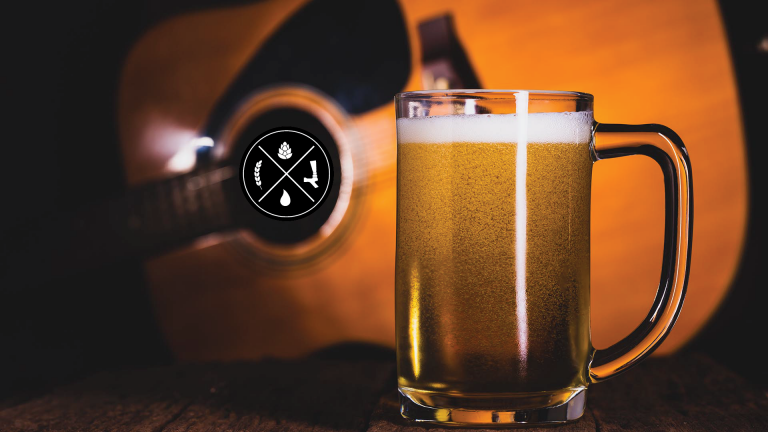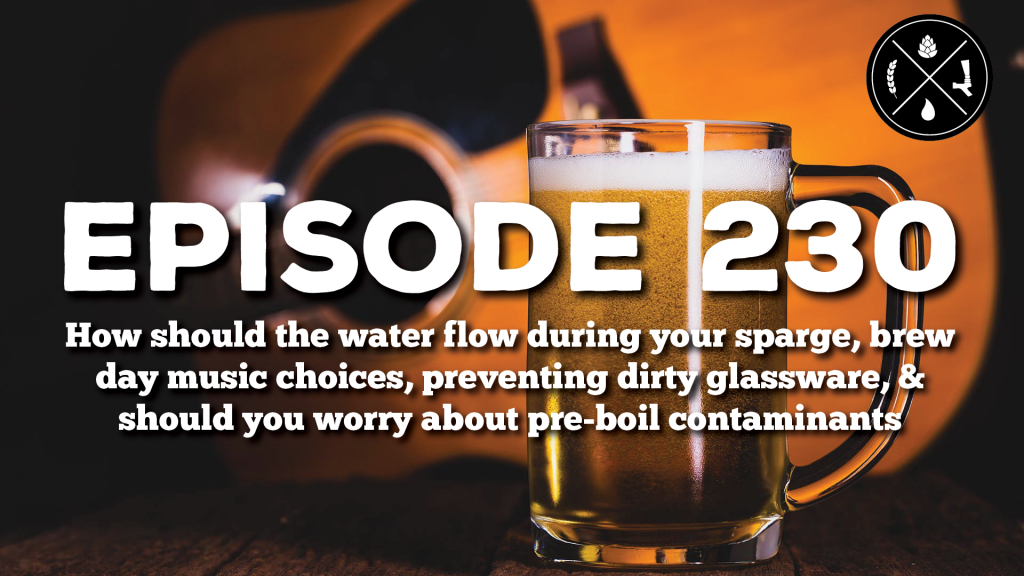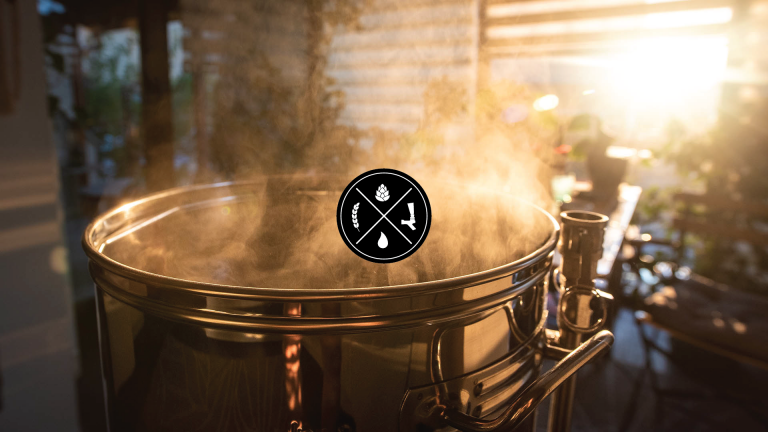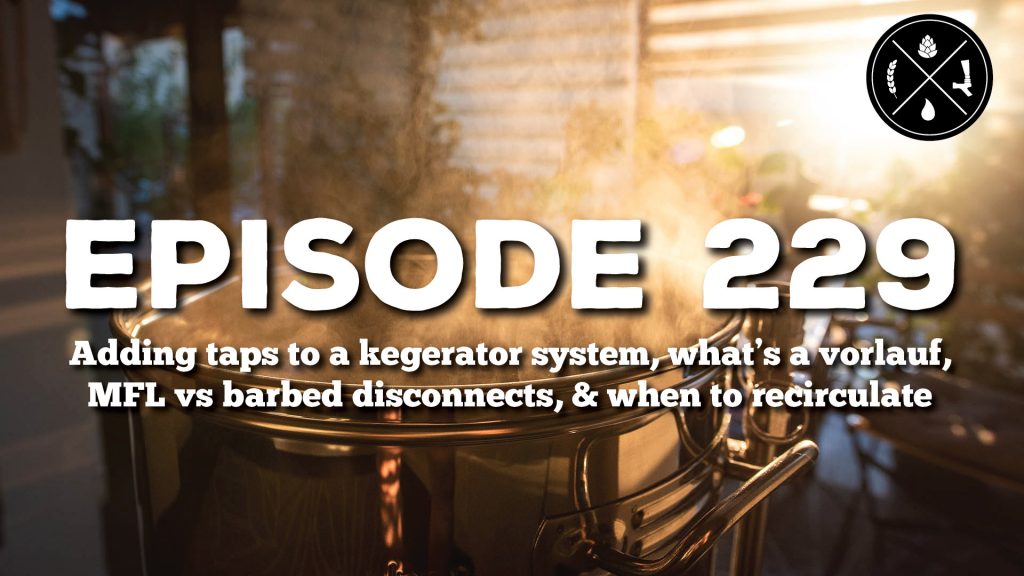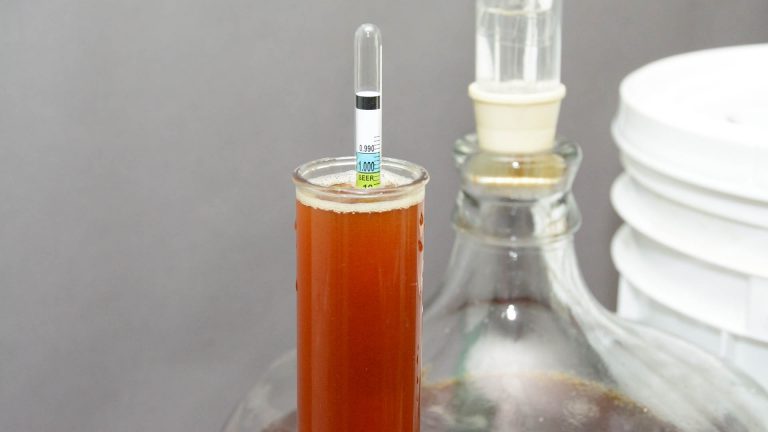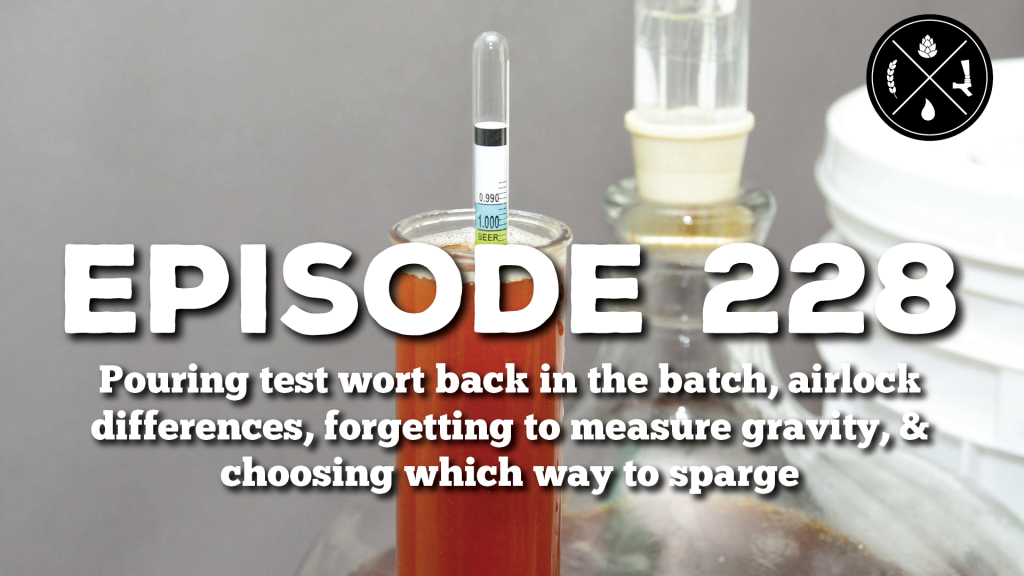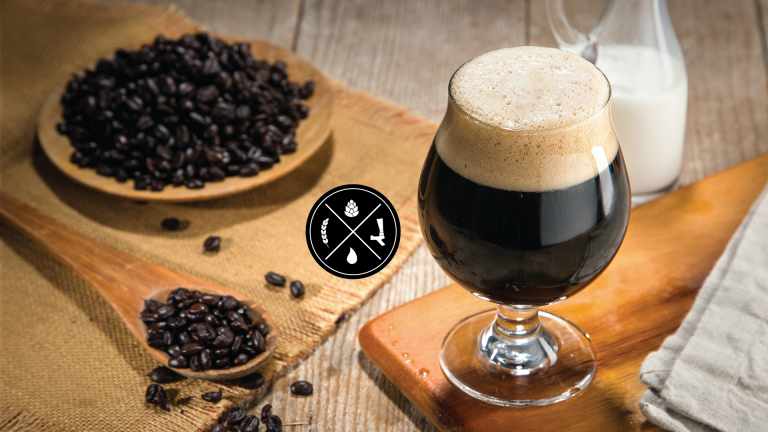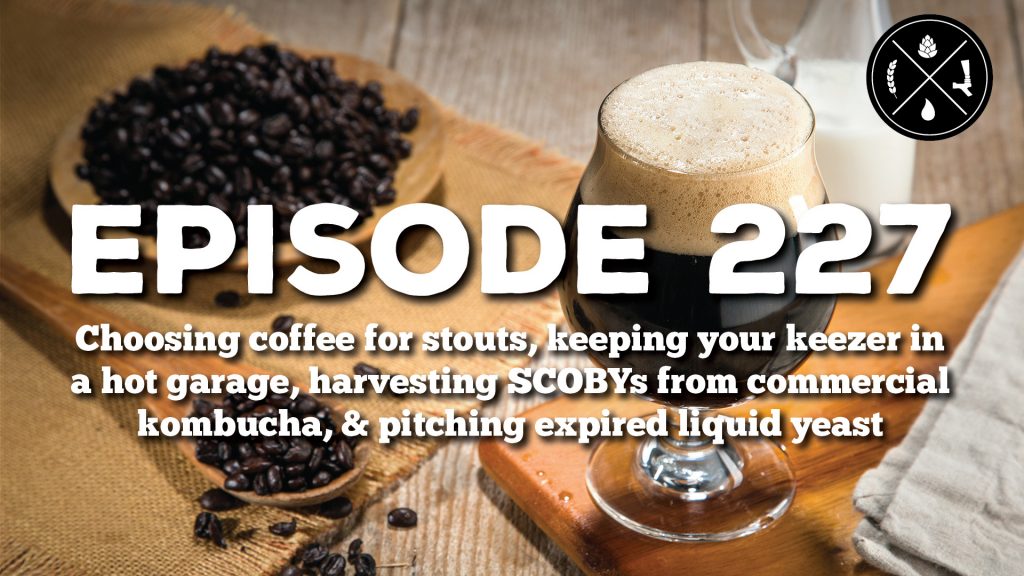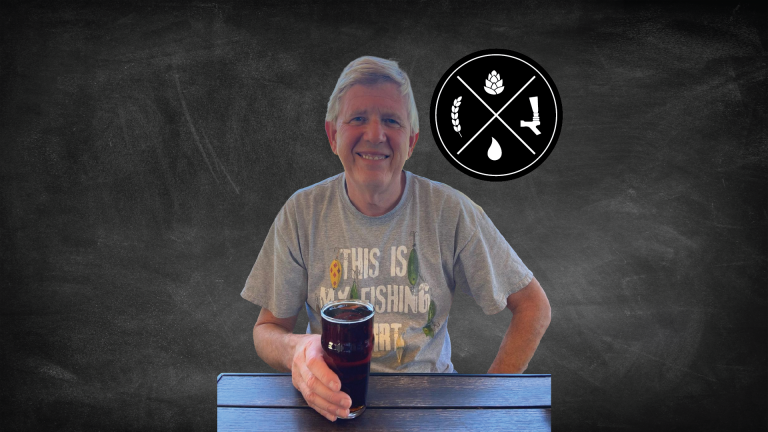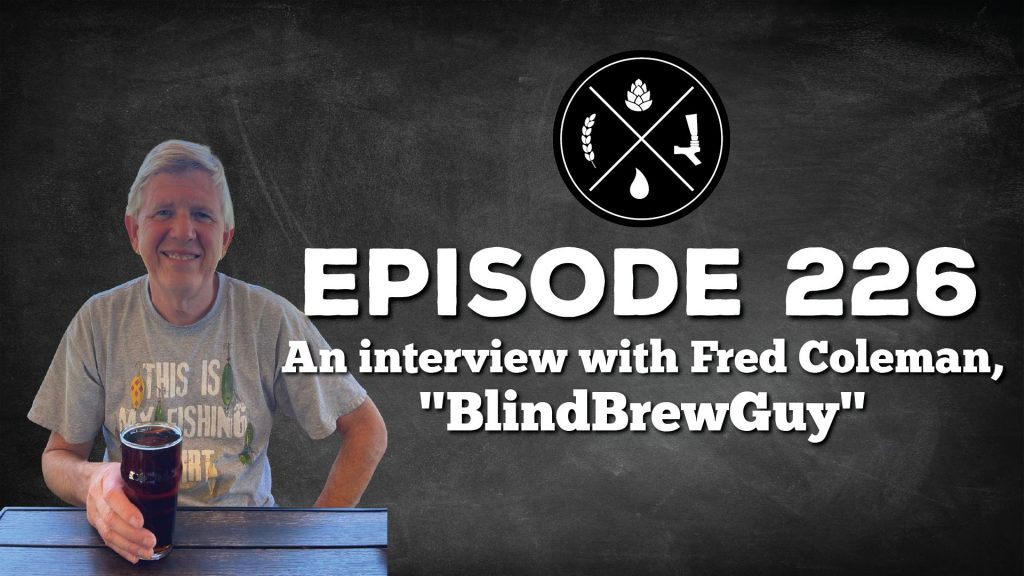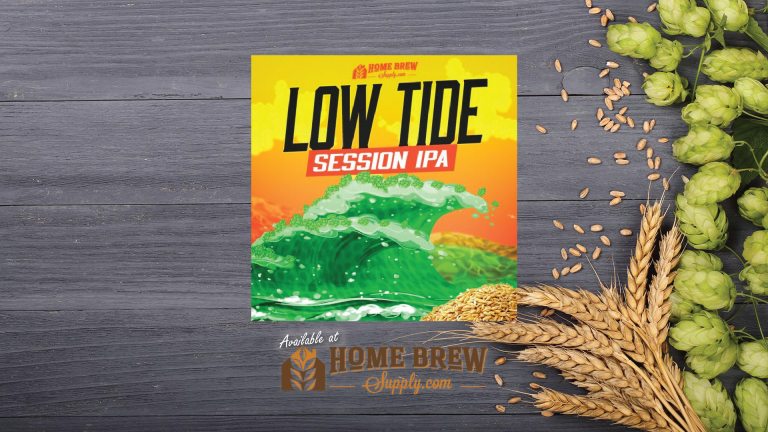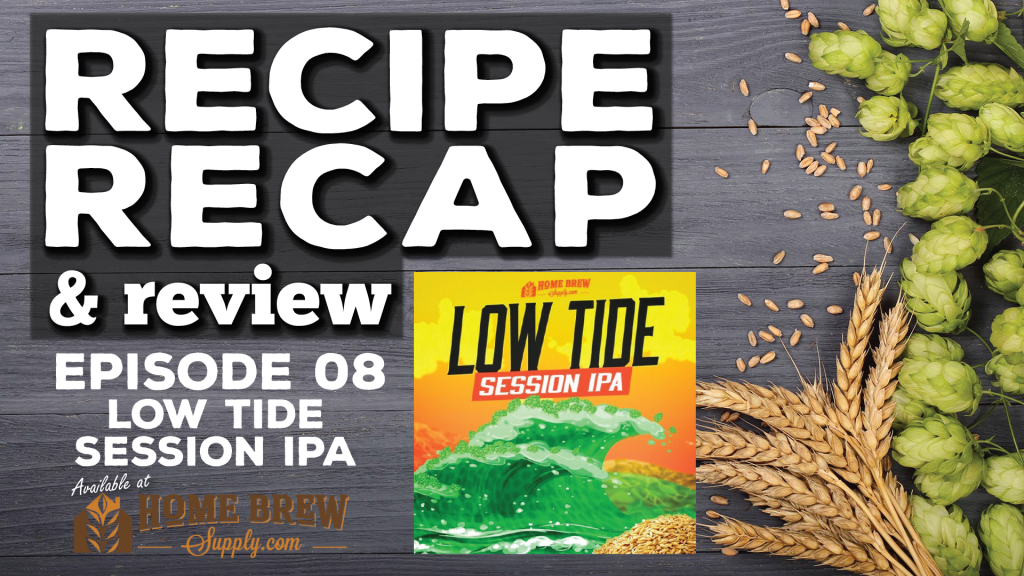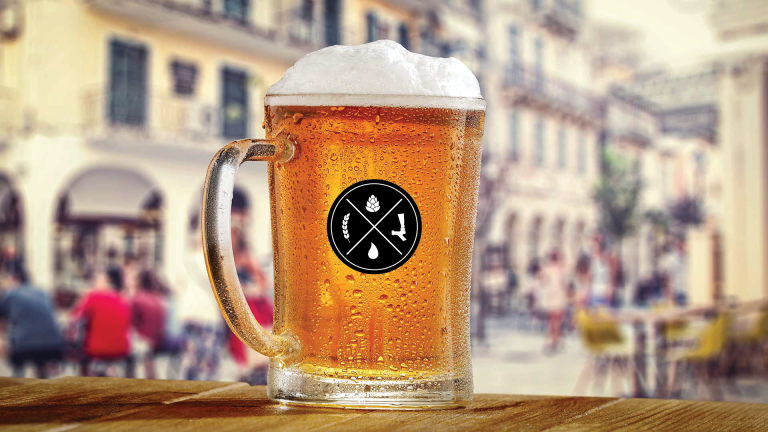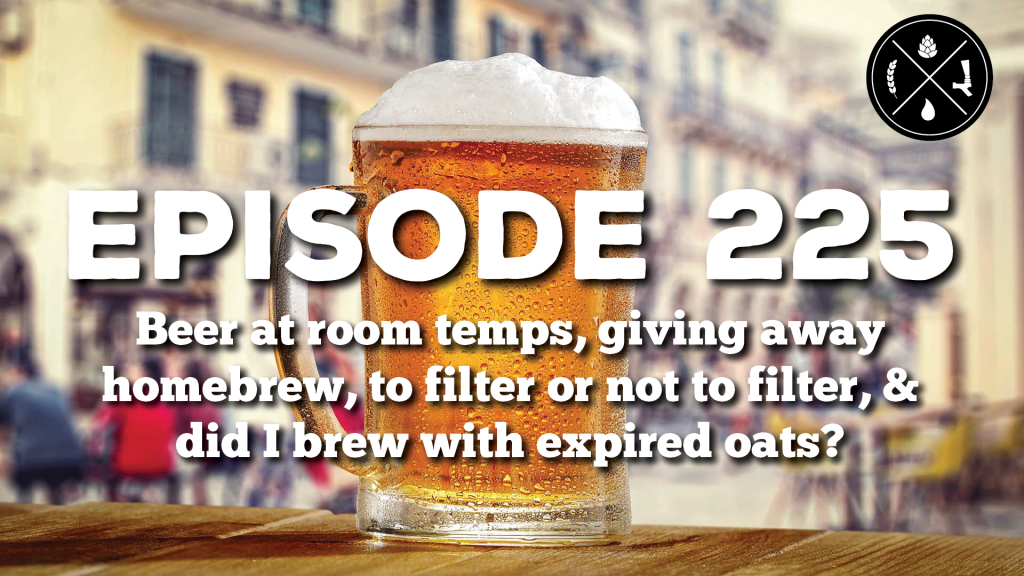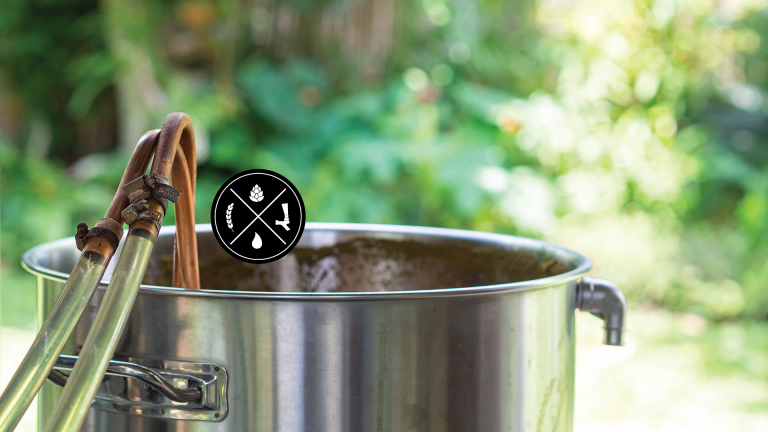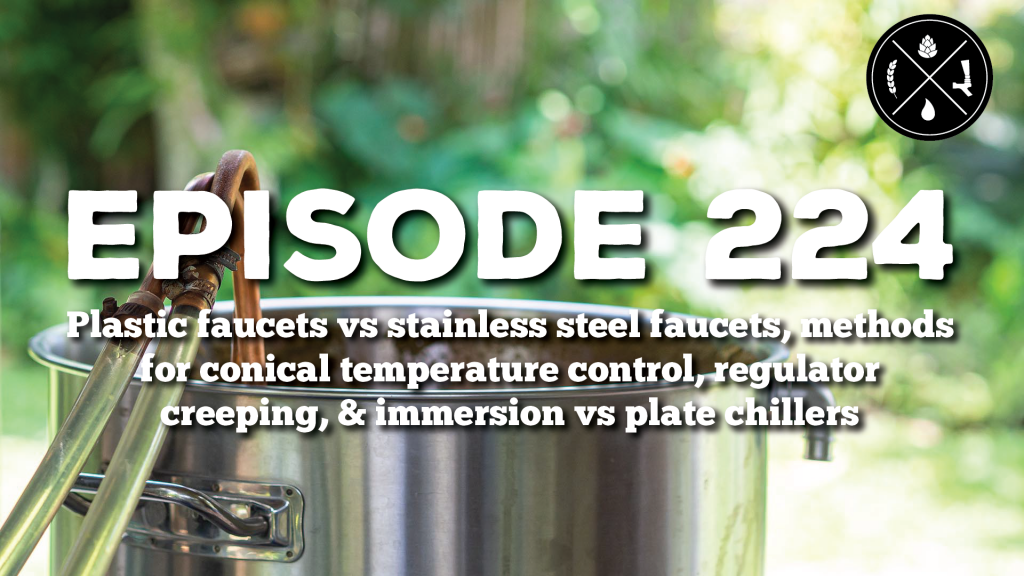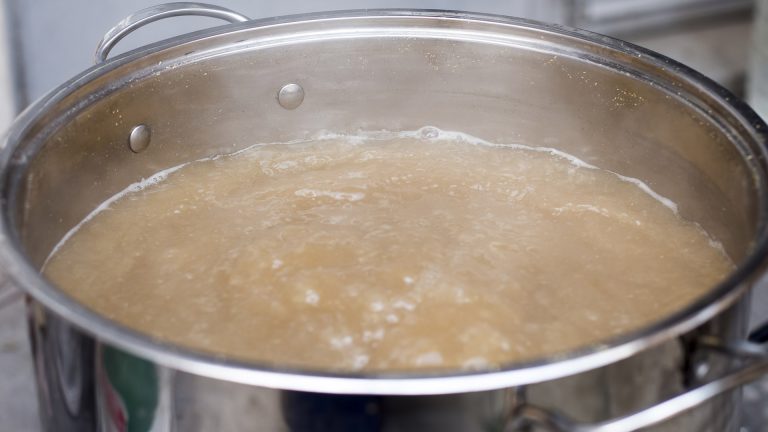How was your week, friend?
We hope it was great and we welcome you back to our Homebrew Happy Hour podcast… the podcast where we answer all of your home brewing questions and discuss anything related to craft beer!
A SUBTLE REMINDER:
If you appreciate the things we do here at Homebrew Happy Hour, consider joining our Trub Club! Not only will you be supporting our efforts, but you’ll also receive exclusive perks such as HUGE discounts on HomebrewSupply.com and Kegconnection.com, welcome packs with our merch, discounts to BrewersFriend.com, and lots more! Click the link and join today — https://www.patreon.com/bePatron?u=21132635
On Today’s Show:
I gave Todd and James a break since Todd is out of town for a medical procedure and James works so hard – they both deserved the week off. However, I was thrilled to welcome my friends Tyler & Laurie from the Brew’d Up podcast on the show. We’ve had Tyler on before and it was great catching up with her as well as meeting Laurie and learning more about what they’re brewing, how they’re brewing it, and all about their podcast.
We want to hear from you!
If you have a question that you’d like us to discuss on a future episode, please click on the “Submit a Question” link at the top of our website or you can now call in your questions via our questions hotline @ 325-305-6107 and leave your message after the beep. This is a friendly reminder that, if we choose your question for a future episode, we give you a $25 gift card to that episode’s sponsor!
Let us know what you think and enjoy the show!
cheers,
joshua
————————–
This show is brought to you by TinTackers.com! They make and sell incredibly cool metal signs, stickers, serving trays, and more all from your favorite craft breweries. They even made our awesome metal sign! Go to TinTackers.com today and use our promo code HOMEBREWER to save $10 off your first order of $30 or more.
————————–
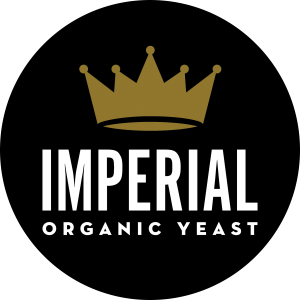
Thank you to our show’s sponsor, Imperial Yeast, for supporting us and the homebrewing community. Learn more about why we LOVE Imperial Yeast by checking out their entire line, available at HomebrewSupply.com: https://homebrewsupply.com/ingredients/yeast/imperial-yeast/
————————–
Become a Patron! Reminder that these episodes are ultimately made possible because of YOUR support. Consider becoming a member of our newly launched Patreon page and receive perks such as merch, exclusive group access and content, recipes, and some tiers even get monthly recipe kits mailed to you! https://www.patreon.com/HomebrewHappyHour
